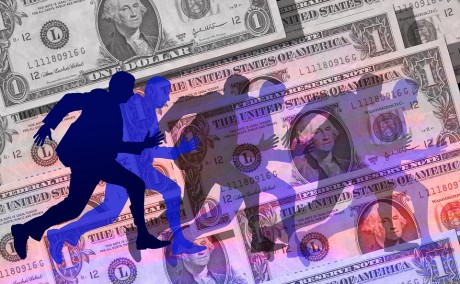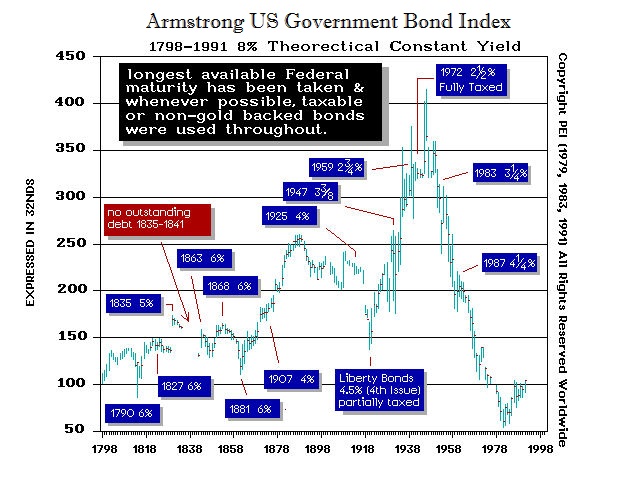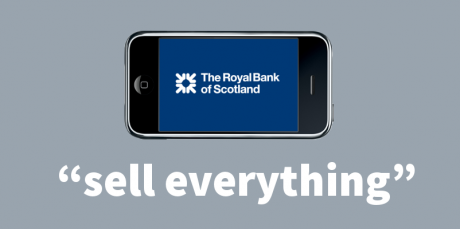QUESTION: Marty, now the OECD is predicting a financial crash worse than the 2007-2009 event in Europe because they say there is over €1 trillion in bad loans that cannot be collected. They seem to be also changing their opinion to fit your model. Were they there in Berlin?
ANSWER: We cannot comment on if the OECD is following our model or whom has attended a World Economic Conference. They are the most widely attended and many just want to know where the computer stands.
We see a massive banking crisis. The European banks are in deep trouble. Deutsche Bank posted a shocking €6.7 billion euro loss with its shares falling 10% in a day. HSBC bought Republic National Bank in New York for a bit more than that. Barclay’s is pulling out of all emerging markets and cutting 1,000+ jobs.
The collapse in commodities will reek havoc on all emerging market countries, but there is one economy that nobody pays attention to closely: Germany. Yes, it is the largest economy and main supporter of the euro. They need open borders and the euro to maintain their economy that is EXPORT driven. China is advancing more rapidly than Germany and has focused on trying to develop its internal economy. Spain was the richest nation in Europe with all the gold coming in from America, but they failed to develop their internal economy and collapsed. Germany is declining. It cannot be sustained with open borders or the euro because the rest of Europe is in serious decline. The refugee crisis is a nightmare. Now, Italy is demanding taxpayer money to bailout banks in fear that a bail-in will cause a revolution.
Merkel was against allowing in refugees previously, but then changed her position to combat her poor view after her treatment of Greece. Additionally, she had the brilliant idea of bringing in cheap labor to help Germany.
…click on the above link to read the rest of the article…


















